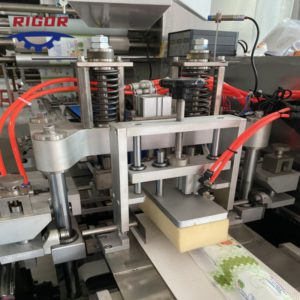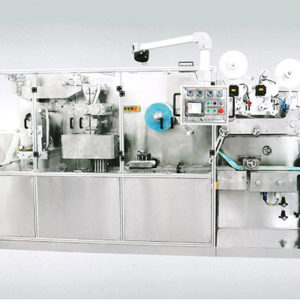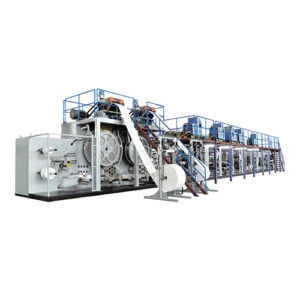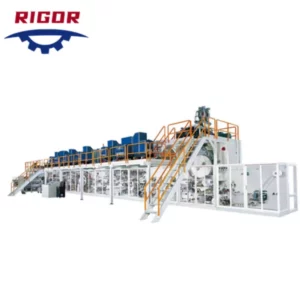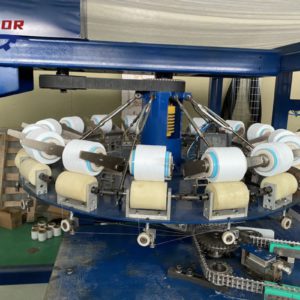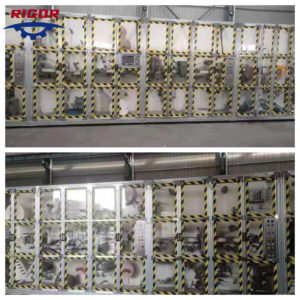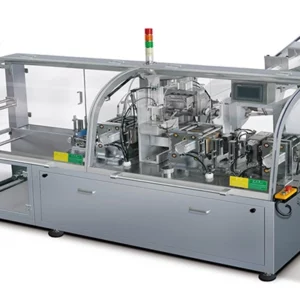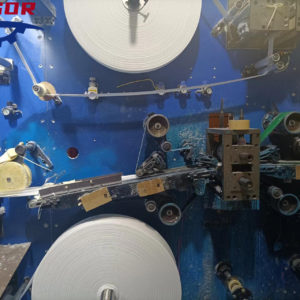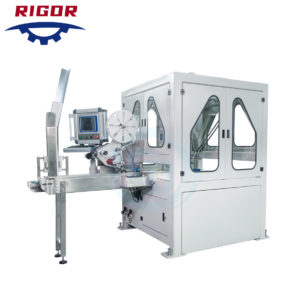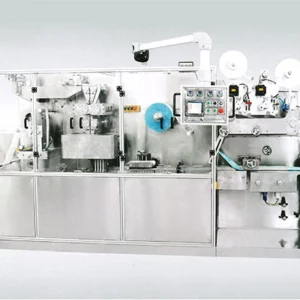Wet wipes are a popular and convenient option for personal hygiene, cleaning, and disinfecting. The manufacturing process of wet wipes is a complex and multi-step process that requires careful attention to detail and quality control. In this section, we will explore the various steps involved in the production of wet wipes.
Get Wet Wipes Machine
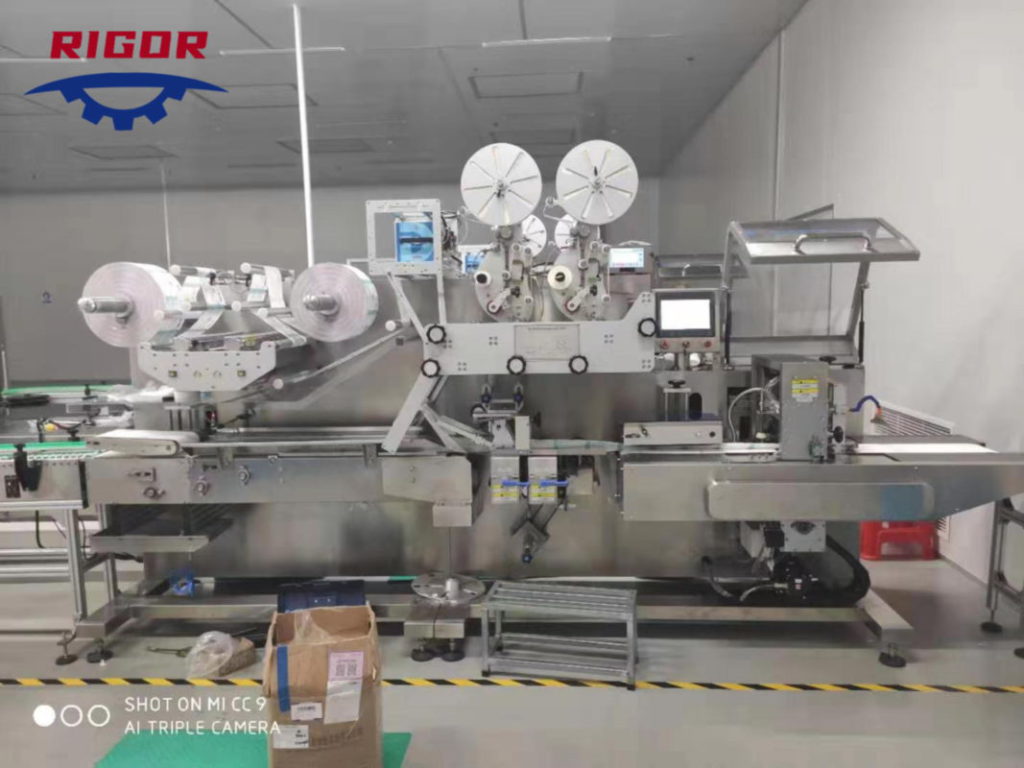
Formulation
The first step in the manufacturing process of wet wipes is the formulation of the solution that will be used to moisten the wipes. The formulation involves selecting the appropriate ingredients, such as water, preservatives, and cleansing agents, and mixing them in the correct proportions. The formulation is critical because it determines the effectiveness of the wipes in cleaning and disinfecting.
Nonwoven Fabric Production
The second step is the production of the nonwoven fabric that will be used to make the wipes. Nonwoven fabrics are made by bonding fibers together using heat, pressure, and/or adhesives. The fibers used in the production of nonwoven fabrics can be made from a variety of materials, including polyester, rayon, and cotton. The nonwoven fabric is then cut into the appropriate size and shape for the wipes.
Wipe Folding
Once the nonwoven fabric has been produced, it is fed into a machine that folds it into the desired shape, such as a square or a rectangle. The folded wipes are then stacked and packaged in preparation for the next step.
Moistening
The folded wipes are then fed into a machine that moistens them with the solution that was formulated in step 1. The wipes are typically moistened by passing them through a series of rollers that apply the solution evenly across the surface of the wipes. The moisture content of the wipes is critical because it determines their effectiveness in cleaning and disinfecting.
Packaging
The moistened wipes are then packaged in their final form, which may be a canister, a pouch, or a single-use packet. The packaging is designed to keep the wipes moist and prevent contamination. The packaging also provides information about the wipes, such as their ingredients, usage instructions, and expiration date.
Get Wet Wipes Packing Machine
Quality Control
Throughout the manufacturing process, quality control measures are taken to ensure that the wipes are free from defects and meet the required standards for cleanliness, moisture content, and durability. Quality control measures include visual inspections, testing for moisture content and pH levels, and testing for bacterial and fungal contamination.
In conclusion, the manufacturing process of wet wipes is a complex and multi-step process that involves several critical steps, including formulation, nonwoven fabric production, wipe folding, moistening, packaging, and quality control. By following these steps carefully, manufacturers can produce high-quality wipes that are safe and effective for their intended use.
Environmental Considerations
In addition to the manufacturing process, it is also important to consider the environmental impact of wet wipes. Wet wipes are typically made from non-biodegradable materials, such as polyester or rayon, which can take hundreds of years to decompose. This means that wet wipes can contribute to plastic pollution and harm marine life.
To address this issue, some manufacturers are exploring alternative materials, such as bamboo or cotton, that are biodegradable and more environmentally friendly. Additionally, some manufacturers are developing flushable wipes that break down more easily in water, reducing the risk of clogging pipes and causing sewage backups.
Regulatory Considerations
Wet wipes are regulated by various government agencies, including the Food and Drug Administration (FDA) and the Environmental Protection Agency (EPA). These agencies set standards for the ingredients used in wet wipes and require manufacturers to adhere to strict guidelines for safety and effectiveness.
Manufacturers are also required to label their products with information about their ingredients, usage instructions, and potential side effects. This information is critical for consumers who need to make informed decisions about the products they use.
Conclusion
Wet wipes are a convenient and popular option for personal hygiene, cleaning, and disinfecting. The manufacturing process of wet wipes involves several critical steps, including formulation, nonwoven fabric production, wipe folding, moistening, packaging, and quality control. By following these steps carefully, manufacturers can produce high-quality wipes that are safe and effective for their intended use.
However, it is also important to consider the environmental impact of wet wipes and to explore alternative materials that are more sustainable. Additionally, manufacturers must adhere to strict regulatory guidelines to ensure the safety and effectiveness of their products. By balancing these considerations, manufacturers can continue to provide consumers with high-quality wet wipes that meet their needs while also protecting the environment and public health.
